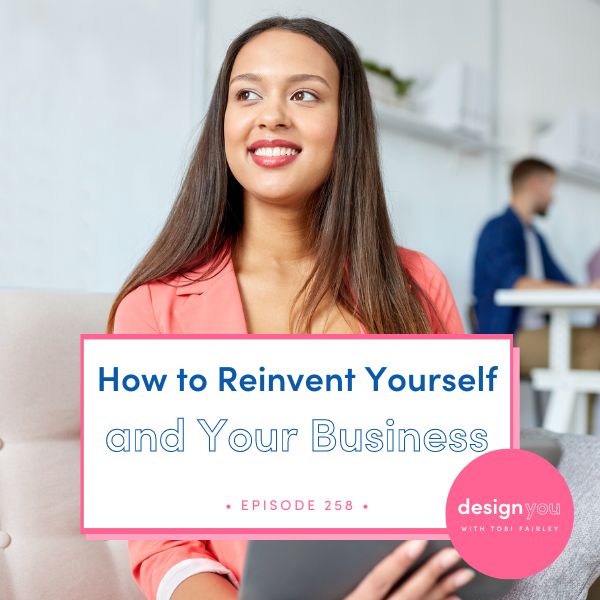
Reinvention is something that is vital for all of us. I reinvent myself and my business regularly, it’s a practice I truly enjoy, I’ve gotten pretty good at it, and I get questions about this process all the time. So, if you feel like you need to shake things up in your business or your life in general, this episode is exactly what you need.
Knowing when something has run its course is super important. Of course, the next thing doesn’t have to be a complete departure from what you’re used to, but making shifts and pivots at the right times and being willing to test them is one of the keys to longevity and satisfaction.
Tune in this week to discover why you might need to consider reinventing yourself. If you’re bored or unhappy, or if your current approach to business isn’t paying the bills, I’m sharing how to explore some small shifts and pivots, what I’ve learned about the Innovator Mindset, and what it takes to start reinventing yourself and your business.





